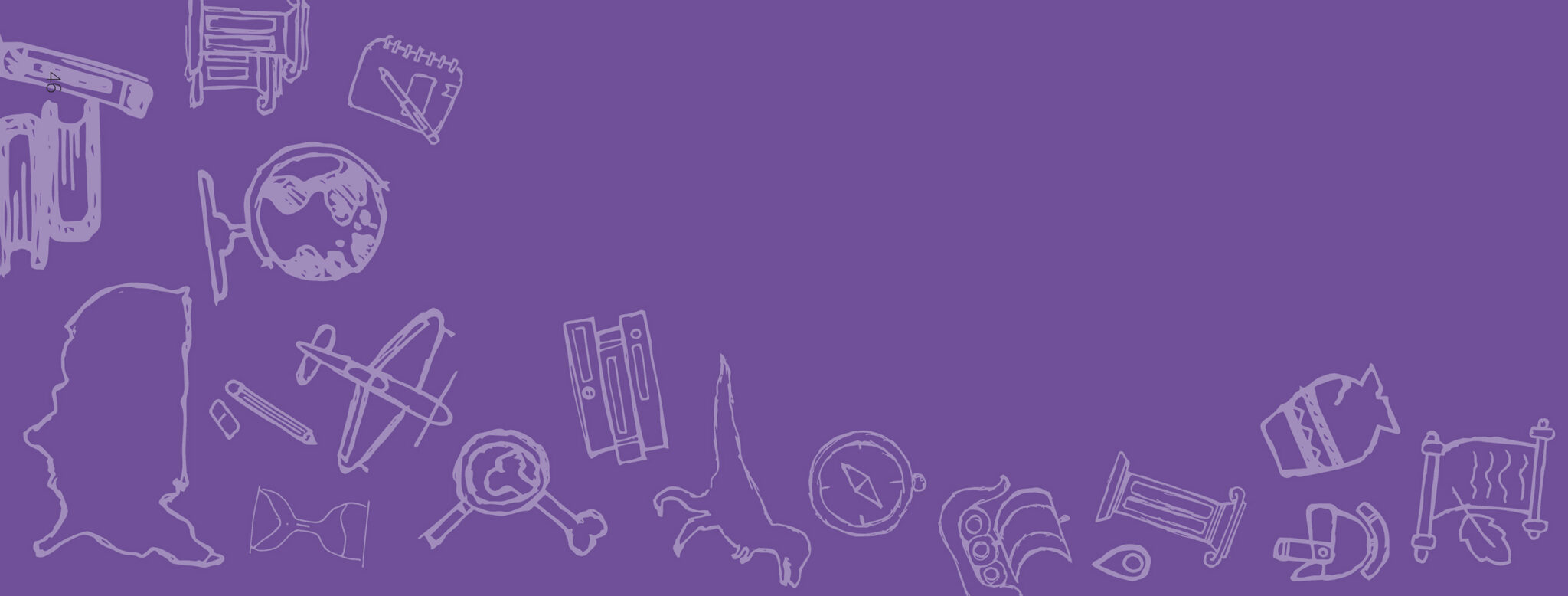
English Language Arts
AP® English Language and Composition
Grades: 11, 12
Couse description
In AP® English Language and Composition, students learn to be better students of English as well as better communicators who can be used by God both locally and worldwide. Students read prose written throughout a variety of periods, disciplines, and rhetorical contexts and learn to filter what they read through the truth of the Bible. Students formulate clear and concise biblical responses to controversial issues, compare and contrast transcendentalism to Christianity, analyze the topic and meaning of death in the Bible, and explore aphorisms in the Bible that provide guidance to the human experience.
In addition, students learn to write skillfully for a variety of purposes. They develop the skill of annotating as a tool to study the Word of God and learn to understand the power and persuasiveness of words so that they can use them effectively in accordance with the Word of God. Through their reading and writing, students become aware of the interactions that occur as a writer’s purposes, audience expectations, and subjects as well as generic conventions and the resources of language contribute to effective writing.
This course is designed to provide a college-level experience and prepare students for the AP® exam. Students wishing to take the AP® exam are responsible for registering prior to the November 15 deadline. AP® Exams are administered the following May. Students must take the AP® exam in order to receive AP® credit.
Couse information
Course Types
Prerequisites
English 1, Honors English 2 (with at least a B+ average), teacher recommendation
Required Materials
Book(s): MLA Handbook, 9th edition, Modern Language Association of America; a selection of common novels (chosen from a list of titles, some of which are available online)
The price of this course does not include the required book(s) listed above. Students are required to borrow or purchase the required title(s).
In addition to a computer with an Internet connection, most courses require speakers (or headphones); a digital camera or scanner to take photos of completed work; a printer; common household items; access to research materials; and productivity software for word processing, presentations, etc.